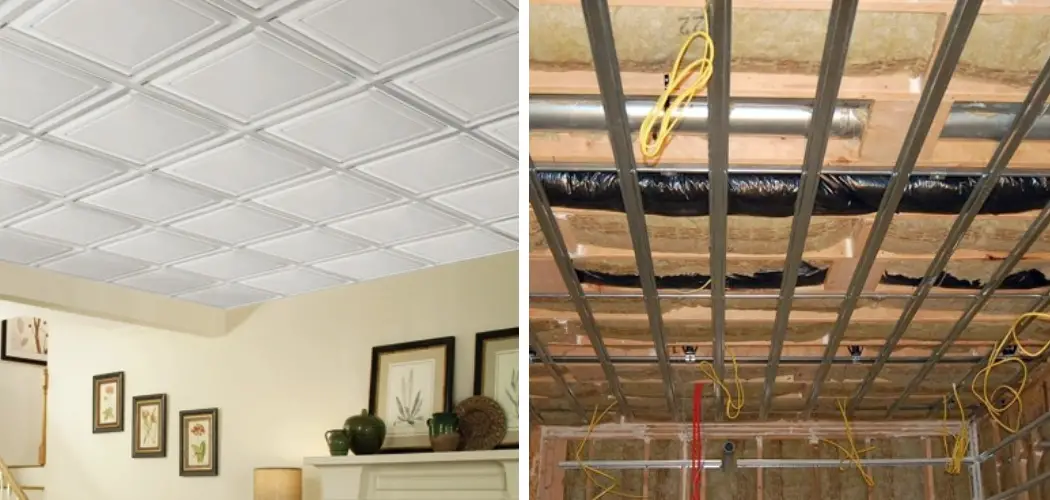Are you trying to figure out how to reduce noise in your basement ceiling? If so, you’re in luck! In this blog post, we will share with you a few tips on how to reduce noise levels in your basement ceiling. So keep reading for more information about how to reduce noise in basement ceiling.
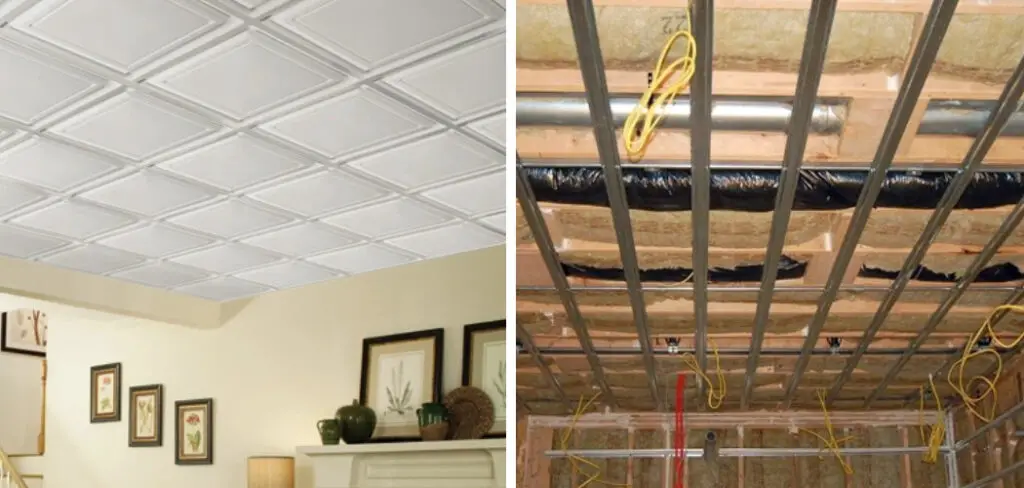
Can You Reduce Noise in The Basement Ceiling?
You have several options if you’re looking for a way to reduce noise in your basement ceiling. One is to add more insulation to the existing insulation. This will help to dampen sound and keep it from echoing through the basement. Another option is to install sound-dampening panels on the underside of the joists.
These panels will absorb sound and help to keep it from bouncing around the room. Finally, you can add a layer of drywall over the existing ceiling. This will provide an additional barrier against noise. By taking these steps, you can significantly reduce the amount of noise in your basement ceiling.
Why Should You Reduce Noise in Basement Ceiling?
Noise problems often plague basements. Whether it’s the sound of footsteps from above or the rumble of machinery, unwanted noise can make it hard to enjoy your basement space. There are several ways to reduce noise in a basement ceiling; the best approach will depend on the noise source.
Carpeting or sound-absorbing panels can help deaden the noise if it’s from upstairs. If the noise is coming from outside, weatherstripping and insulation can be used to seal off gaps and prevent sound from entering the basement. In any case, reducing noise in a basement ceiling can make a big difference in terms of comfort and livability.
7 Ways to Follow on How to Reduce Noise in Basement Ceiling
1. Use Sound Absorbing Material on the Ceiling
One of the best ways to reduce noise in your basement ceiling is to use sound-absorbing material on the surface of the ceiling. This can include things like insulation, acoustic tiles, or even special soundproofing paint.
By absorbing the sound waves before they have a chance to bounce off the surface of the ceiling, you can significantly reduce the amount of noise that comes through.
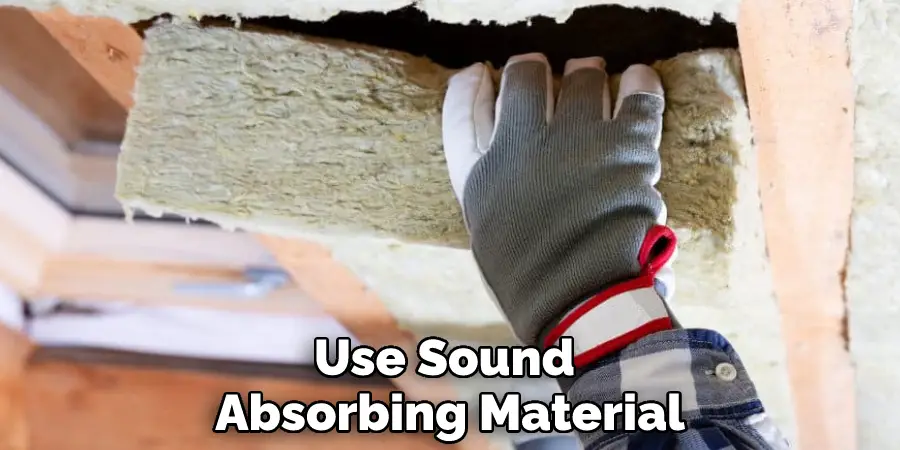
2. Cover Bare Ceilings with Textured Material
Another way to reduce noise in your basement ceiling is to cover any bare ceilings with textured material. This will help absorb some of the sounds before they can echo around the room. You can use anything from fabric to corkboards to tapestries as long as it is thick enough to absorb sound.
3. Add Mass to the Ceiling
If you want to really reduce the amount of noise that comes through your basement ceiling, then you need to add mass to the surface. This means that you need to make the ceiling thicker to block out more sound waves.
One way to do this is by adding another layer of drywall over top of the existing ceiling. You could also add acoustic panels or even hung curtains from the ceiling if you want something that looks a little bit nicer.
4. Decouple the Ceiling from the Floor Above
One final tip for reducing noise in your basement ceiling is to decouple the ceiling from the floor above it. This means that you need to create a barrier between the two surfaces so that they cannot vibrate against each other and amplify sound waves.
One way to do this is by using soundproofing clips and rods, physically separating the two surfaces while still allowing them to be attached together. Another option is to use acoustical caulk to fill any gaps between walls and ceilings so that there is no direct contact between them.
5. Use a Sound Barrier
If the noise from your basement ceiling is particularly loud, you may want to consider installing a sound barrier between the two floors. These are specially designed materials meant to absorb and reflect sound waves, so they do not have a chance to travel through walls and ceilings.
The effectiveness of this method will depend on how thick the barrier is, how well it is installed, and how much noise you are dealing with.
6. Install a Soundproof Floor
Another option to reduce noise in your basement ceiling is to install a soundproof floor above it. This means that you need to use materials like insulated foam panels or other soundproofing materials between the floor and ceiling.
This will help block out any direct noise from coming through while also providing a layer of insulation that can absorb any noise that can still come through.
You Can Check It Out to Soundproof a Ceiling Cheaply

7. Use a White Noise Machine
You may consider using a white noise machine in your basement if all else fails. This device will generate a low-level “hum” in the background, which can help mask any outside noise coming through the ceiling. It is important to note that this method does not actually reduce the amount of noise coming through, but it can help to make it less noticeable.
That’s it! You’ve now learned how to reduce noise in your basement ceiling. With these seven tips, you should be able to create a much quieter and more peaceful environment in no time. Good luck!
5 Things You Need to Know Before Reducing Noise in Basement Ceilings
1. Identify the Type of Noise You’re Dealing With
Before you can begin reducing noise in your basement ceilings, you must first identify the type of noise you’re dealing with. There are two primary types of noise: impact noise and airborne noise.
Impact noise is created when something comes into contact with a surface, such as footsteps or a ball bouncing. Airborne noise is created when something vibrates through the air, such as music or someone talking.
2. Determine the Source of the Noise
Once you’ve identified the type of noise you’re dealing with, you need to determine the source of the noise. For example, if the noise is impact noise, it’s likely coming from something above the ceiling, such as footsteps from an upstairs neighbor. On the other hand, if the noise is airborne, it’s likely coming from a nearby room or outside.
3. Understand How Sound Travels
In order to effectively reduce noise in your basement ceilings, it’s important to understand how sound travels. Sound waves travel through the air and are then reflected off of surfaces, such as walls and ceilings. The more reflective a surface is, the more sound will be bounced back into the room.
4. Choose the Right Materials
Many materials can be used to reduce noise in a room, but not all materials are equally effective. For example, acoustic panels are designed to absorb sound and can reduce noise levels. Other materials, such as carpets and curtains, can also help to reduce echo and reverberation.
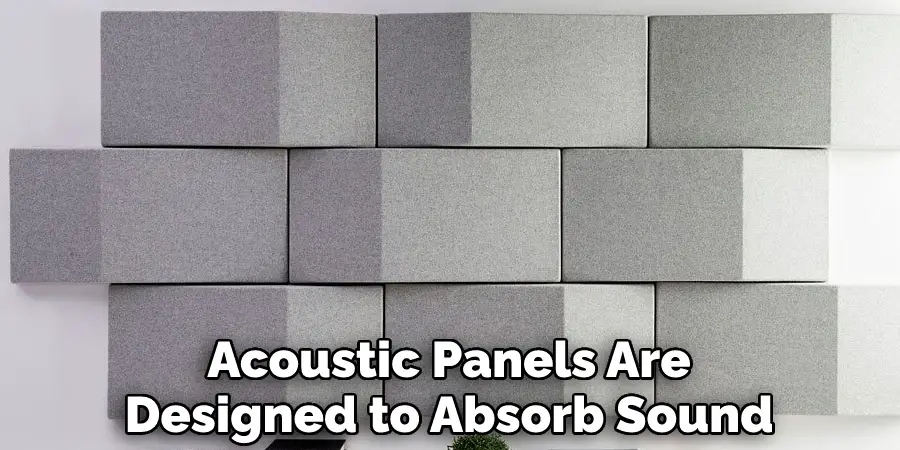
5. Implement Soundproofing Techniques
Once you’ve selected the right materials for your project, you must implement soundproofing techniques to achieve the best results. You’ll want to add mass to the ceiling to absorb sound waves when dealing with impact noise. If you’re dealing with airborne noise, you’ll want to seal any gaps or cracks to prevent sound from entering or exiting the room.
Some Benefits of Reducing Noise in The Basement Ceiling
Any home improvement enthusiast knows that there are multiple benefits to reducing noise in the basement ceiling. Not only does it improve the sound quality of your home theater system, but it also increases the value of your home.
In addition, reducing noise in the basement ceiling can help to reduce echo in your home, making it more comfortable for you and your family. There are several ways to reduce noise in the basement ceiling, including adding insulation, using sound-dampening materials, or installing a humidity-control system.
These solutions can help make your home more enjoyable and valuable. So if you’re looking for a way to improve your home, consider reducing noise in the basement ceiling.
How to Reduce Echo and Reverberation in A Basement Ceiling
Echo and reverberation can be a huge problem in basement ceilings, making the space feel cramped and unfinished. However, there are a few ways to reduce echo and reverberation so that your basement feels more like a cozy den than a cavernous echo chamber.
One way to reduce echo is to add sound-absorbing materials to the ceiling. This could include acoustic tiles, insulation, or even fabric panels. Another way to reduce echo is to change the shape of the ceiling. For example, you could add bean bags or pillows as soft surfaces that will help to break up sound waves.
Finally, you could try hanging tapestries or acoustic panels from the ceiling. These heavy fabrics will help to absorb sound, making your basement feel more welcoming and comfortable. With a little effort, you can transform your basement into a cozy and inviting space.
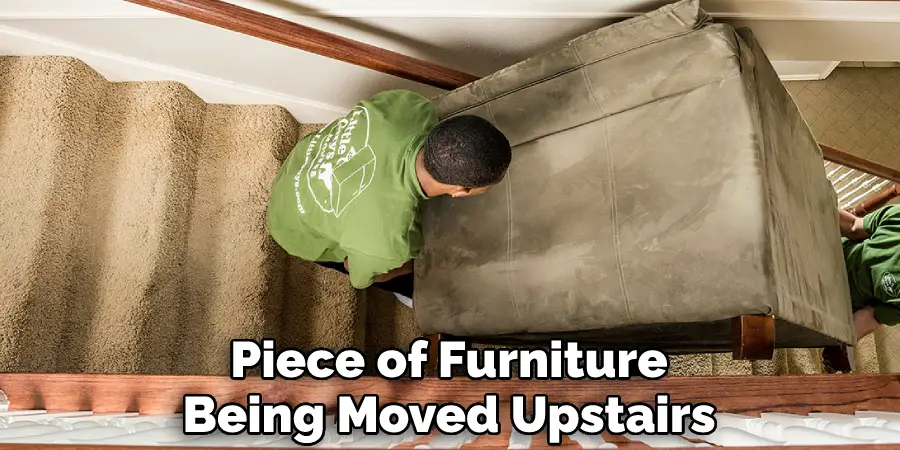
Conclusion
If you are tired of hearing every footstep and piece of furniture being moved upstairs, follow these tips on reducing noise in your basement ceiling.
By using sound-absorbing materials, covering bare ceilings, adding mass, and decoupling surfaces, you can significantly reduce outside noise and enjoy your extra living space in peace! Thanks for reading our post about how to reduce noise in basement ceiling.

